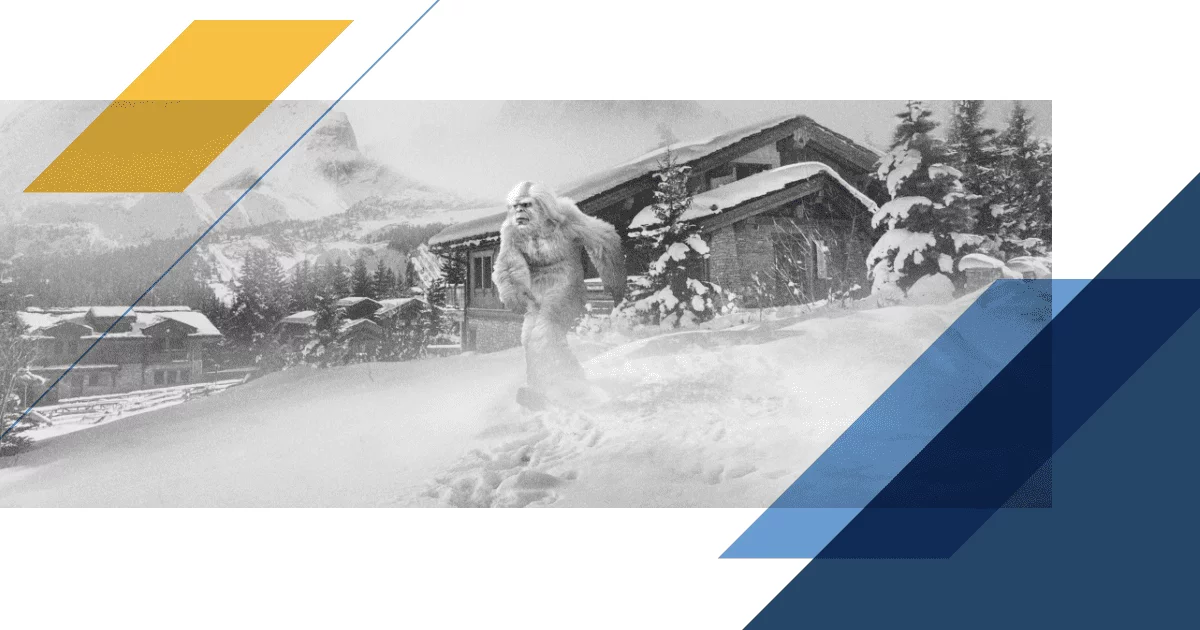Creative Problem-solving

Even if you’re not working on an overtly creative product, there’s a place for creative thinking in your problem-solving process.
As a team of creatives, most of our assignments involve solving problems. We take what may seem like a dry or uninspiring subject and find the excitement and beauty in it. It’s a fulfilling enterprise, for sure. But it’s not without its challenges. Your team has probably experienced something similar. Even if you’re not working on an overtly creative product, there’s a place for creative thinking in your process. Here are my recommendations for injecting some novel thinking into your problem-solving.
1. Equip your expertsThis seems like a no-brainer, and to some extent it is. You’ve hired qualified people to solve problems in a particular area of focus. They have the education and experience to do great work in their field. You present them with a challenge, and they use their expertise to address it, typically with some interesting ideas and perhaps a novel solution. But how well-equipped are they? Are they able to make use of the latest tools in their field? Do they know how to use them? Are they communicating with peers, via conferences and meetups? Technology is evolving at such a rapid pace; there’s always something interesting to consider that might breathe new life into your team’s methodology.
2. Find your non-experts
When I say non-experts, I mean people that know the bare minimum about the subject you’re working on. Someone with only a passing familiarity with your project will see it from an entirely different point of view and can offer insights and ideas that aren’t restricted by established rules or practices. David Burkus, in his book The Myths of Creativity, relates the story of Jay Martin, a prosthetic limbs designer who had a vision for a different kind of prosthetic: a robotic ankle that behaved more like a real human ankle. It’s a complex joint, and what he was proposing went against conventional wisdom. In fact, his experts all told him it was impossible. So he fired them and hired interns. They had enough knowledge to begin the solution process, but not so much that they were certain of what wouldn’t work. Seasoned experts often arrive at a “no” too quickly precisely because of their expertise. Martin’s very new and very green team took a long time to solve the ankle problem. But they did solve it. Because they didn’t know they couldn’t. My advice? Find someone in a different discipline with a solid work ethic who isn’t afraid to speak up. Once they know that you’re interested in their help and value their opinion, you’ll be surprised at what you get. Pair your expert with that new thinker. Allow them to educate one another. Just don’t tell them what’s impossible.
3. Get good at throwing curveballs
Brian Eno is one of the most respected music producers alive today. His innovative collaborative efforts have led artists like U2, David Bowie, Paul Simon, the Talking Heads and many others to some of their most successful work. He’s also at times quite frustrating to work with. That’s because Eno isn’t afraid to throw a curveball. Once a project is good enough, he pushes harder. Redoubles efforts. Has the musicians trade instruments for the next take. Anything to push artists out of their comfort zones. The result of this temporary discomfort is pushing past creative blocks. A trip into uncharted territory. Eno and artist Peter Schmidt created a deck of cards called “Oblique Strategies” that challenges users in just that way. The result is always something different than expected. Something fresh or surprising. A new approach to the problem. At Godfrey, it can be as simple as wiping the slate clean of our first ideas and coming up with a fresh batch. They’re always more daring because the safe ideas have a way of moving to the front of the line. But the ones right behind them are always more interesting. Think of ways to challenge your team. To turn your process upside down or inside out. But make it fun. And make the time for it.
Sign Up for our Newsletter - Get agency updates, industry trends and valuable resources delivered directly to you.
Godfrey Team
Godfrey helps complex B2B industries tell their stories in ways that delight their customers.




